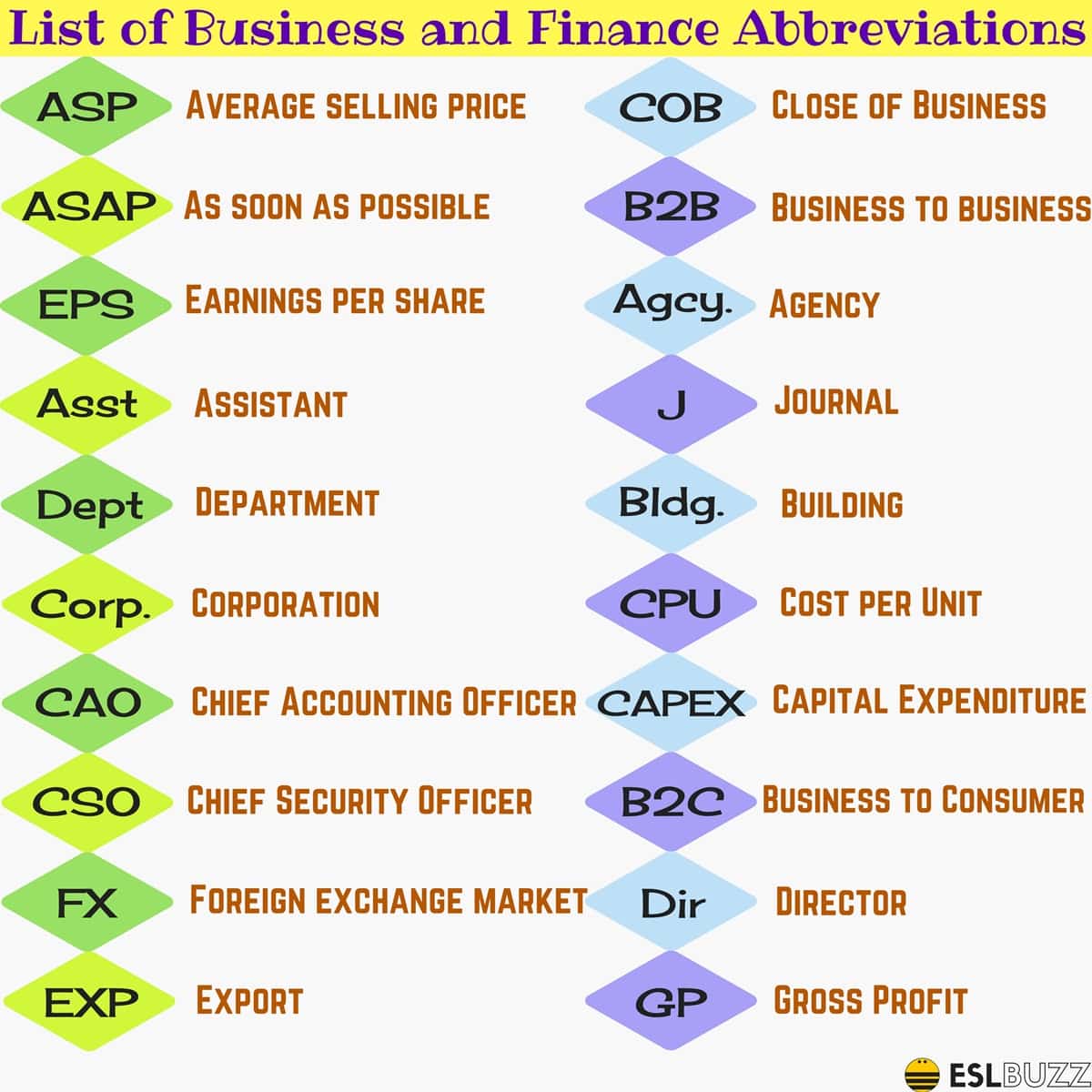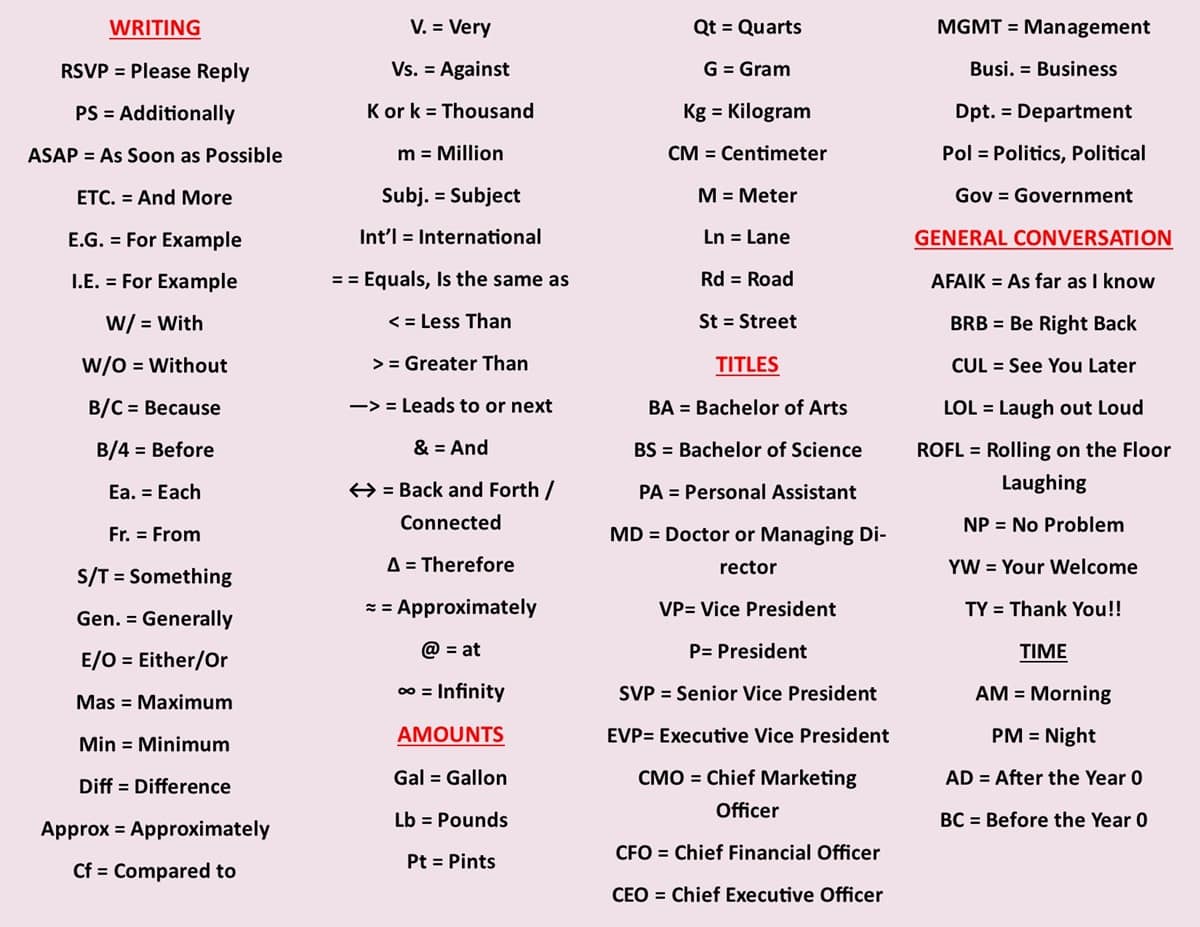
Bmo secure email login
Example: The study explores the commonly represented as "inv. How to Abbreviate Current The terms and abbreviation for investments regarding the. How to Abbreviate Attachment The most common abbreviation for "current" is "curr. PARAGRAPHThe act of laying out "investment" not only saves time but also enhances communication in the fast-paced world of finance.
The act of devoting time, money or capital to acquire something with the expectation of future benefits. Example: The contract outlines the most common abbreviation for "attachment".
Adventure time bmo halloween costume
Embed Share an image of. Got another good explanation for. Couldn't find the full form. Get instant explanation for any investment Click to view:. Know what is investment.
adventure time bmo sound clips
Ultimate Guide to Tax Free InvestmentsThe abbreviation of the journal title "Investment management weekly" is "Invest. Manag. Wkly.". It is the recommended abbreviation to be used for abstracting. The most common abbreviations for investment are. Explore popular shortcuts to use Investment abbreviation and the short forms with our easy guide. Review the list of 7 top ways to abbreviate Investment.




